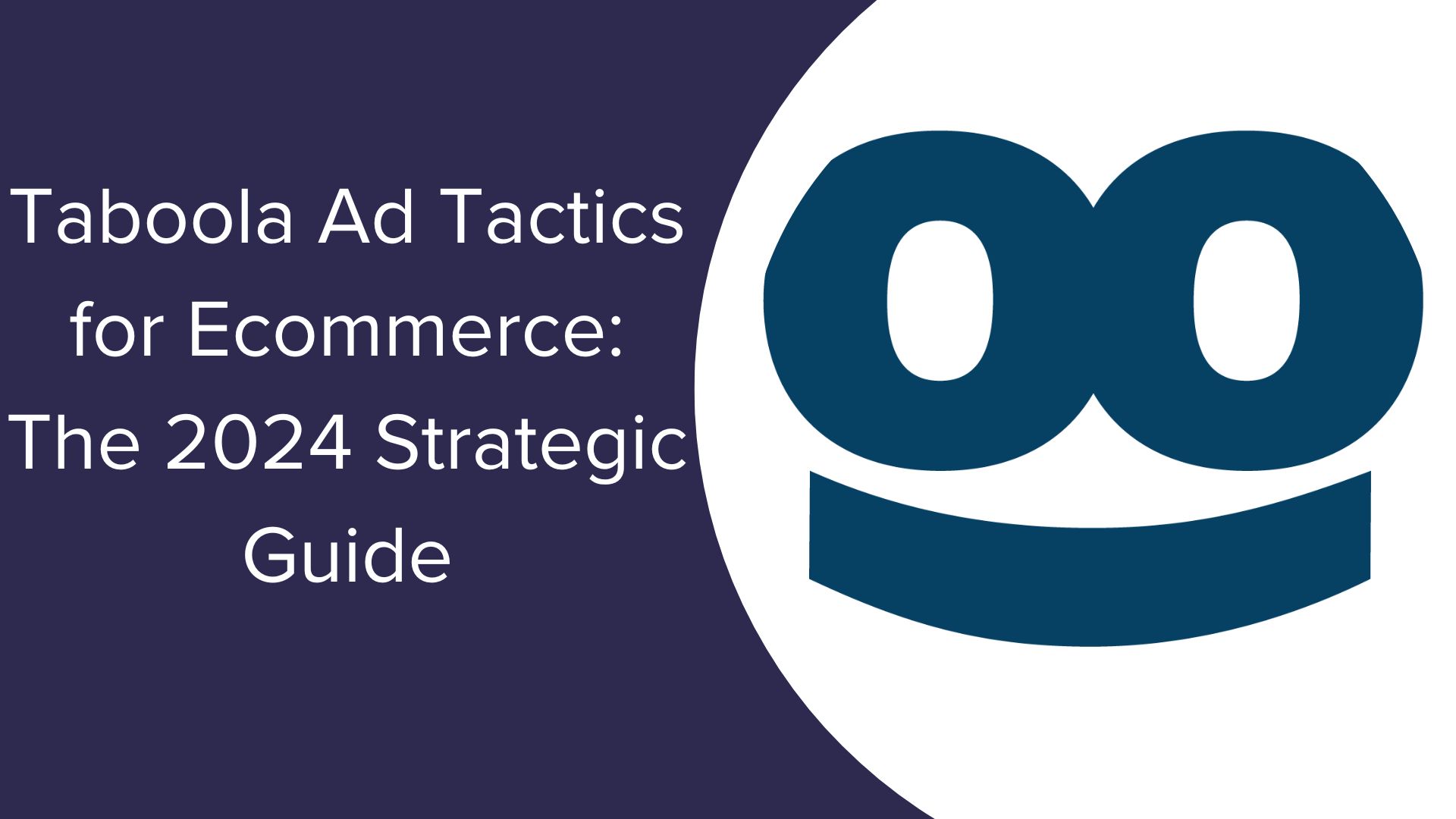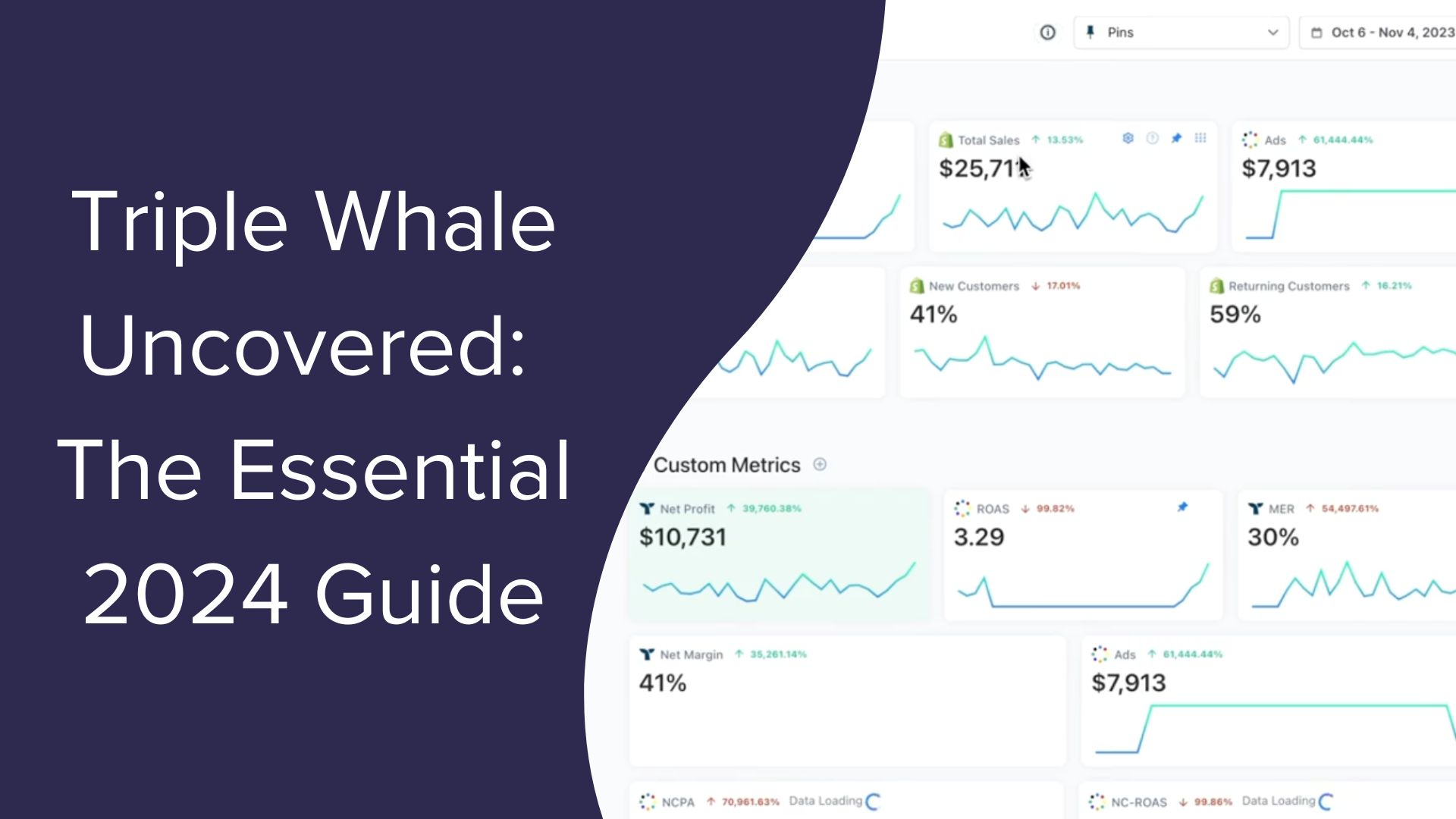Delivering Ads to AdBlock Users: Strategies and Best Practices
AdBlock has become a very popular browser extension because it allows users to do as the name implies: block ads. The plugin does allow for users to create a whitelist to support their favorite websites that display ads but generally you’ll find that most leave the default settings which means many of the ads you are displaying across advertising networks may not be delivered.
On one hand you may be frustrated that you’re not able to reach a segment of your audience but on the other you have to respect their decision to clean up their Web experience.
There are ways to work around AdBlock but you should keep in mind the decision these users have made in order to prevent brand backlash for being brutish. We’re beginning to see best practices for sites and advertising platforms that deliver to these users; here are a few things you should know.
The Common Workarounds
If you are adamant about not allowing AdBlock to interrupt your campaigns there are a few workarounds that have begun to spring up since its inception.
For WordPress website owners there are a handful of plugins:
With these plugins it would be wise to create a non-aggressive message that politely explains that the site is possible through advertising revenue; you may pass this information on to sites where campaigns run to continue doing business.
Another alternative (which is covered in detail along with code in this post by Labnol.org) suggests to consider displaying alternative content that may lead to some form of conversion or interaction. The code they provide will allow you to display such items as a Facebook page widget, YouTube video, Twitter, a banner, site search, or plain text.
In this sense you may not be delivering an ad to the user but you could potentially sell them on the campaign at a later point if they begin interacting with other forms of content or social media connection.
Other suggested workarounds also include redirecting the individual away from your website when the extension is detected. By redirecting an individual the platform will not attempt to display the ad to these users which can prevent data skew (more on this method in this post by MakeUseOf.com). The only issue, obviously, is that the websites to which you advertise on will need to implement this and you may not have many that would be on board with the idea.
A (Potential) Best Approach
As someone who does use AdBlock on a regular basis I’d like to explain.
I use it because I also understand Web Design and so when I see an overload of advertising I am off-put from using the website so I back out and find a new source because I can see that the ads are strategically placed to disrupt the flow of information and content.
In this case the ads don’t matter because if I’m not going to dig around the website then why does it matter if I’m using an ad blocking plugin? On sites I do frequent I am likely to whitelist them because I understand that it’s part of their revenue (unless they place too many and disrupt my experience).
Many sites have adopted the approach of telling AdBlock users that ads help support the website while a few will replace them with some form of alternative knowing that they aren’t likely to have the users turn off their plugin.

I, and many others, have found the best tactic for gaining the whitelist is to simply ask and explain the situation with AdBlock and that in order to operate the website there is a need for advertising revenue.
Instead of a normal ad there may be a banner that brings up this topic; it may be, in some ways, a guilt trip but when you thoroughly enjoy a website you want to see it thrive so it can convince you to add the site to the AdBlock whitelist.
The other alternative is to push for greater native advertising.
People, as you know, are blind by banners (hence such low CTR) but embedding some form of advertising or marketing initiative within a coherent, quality piece of content gives users a reason to dig deeper and explore a pitched product or service.
All-in-all, it’s going to be difficult to convince an AdBlock users to turn off the plugin or add the site to the whitelist but it does bring up the point that you, as someone who is advertising, should be working with platforms where users are acceptable to the idea. You may not find AdBlock users lifting the permissions on Facebook but if you paired up with a website that’s relevant to their interest, that has popularity, you could find your campaigns reaching through to the users because the site is doing such a great job at convincing them to whitelist.
—
You won’t convince an AdBlock users to go back to the way the Web experience was once they have installed the plugin because it makes such a significant change. You can, however, use technology, community outreach, and smarter advertising & marketing efforts to reach these users.
Don’t let AdBlock discourage you in advertising; it’s a challenge, yes, but something new to learn and combine into your overall campaigns from here on out.




